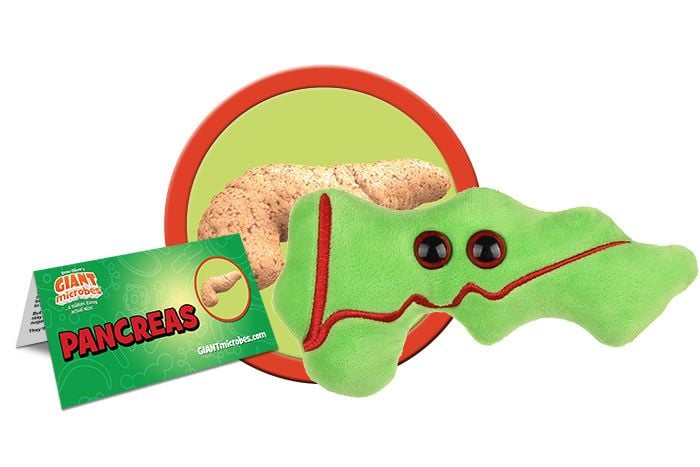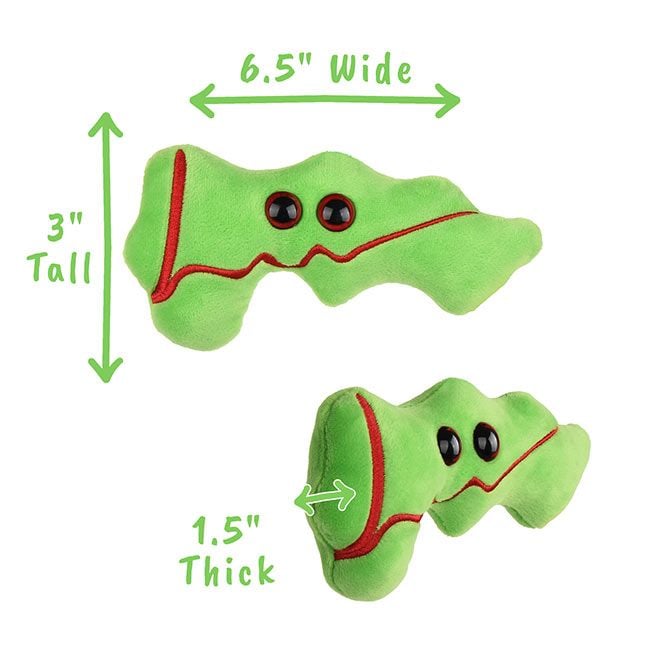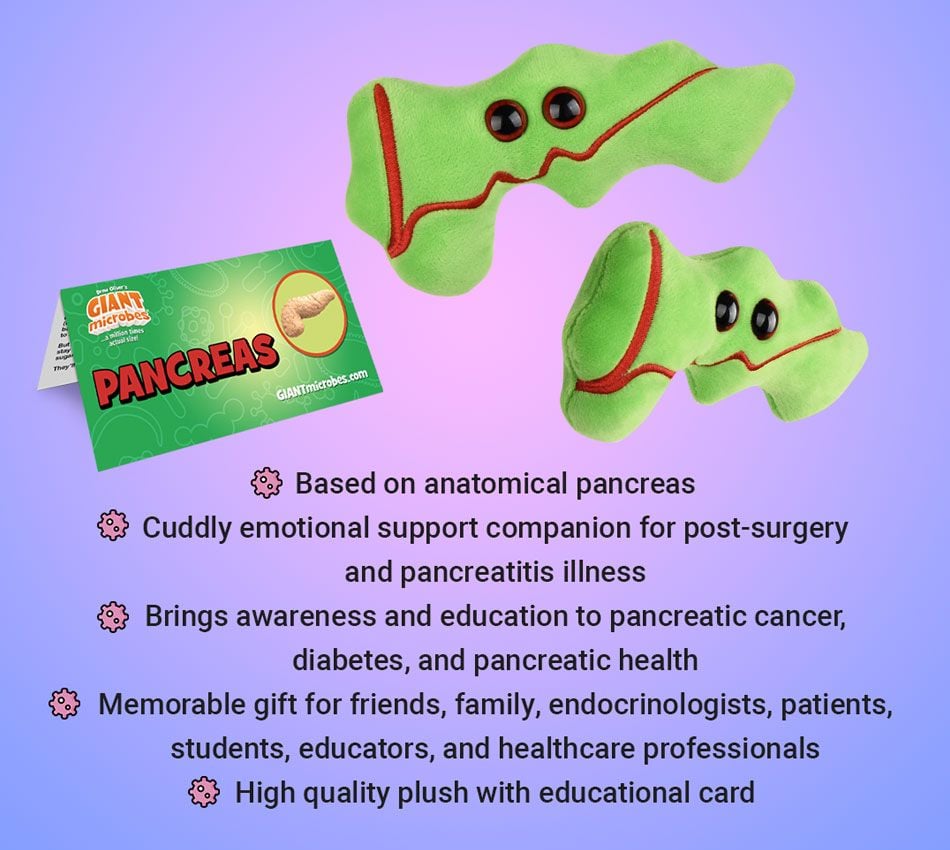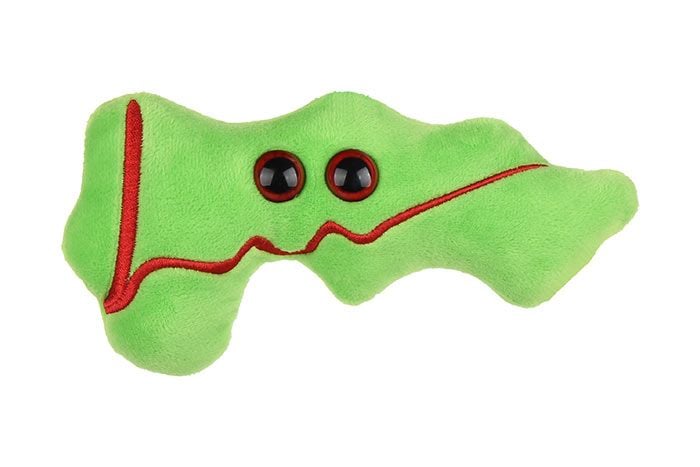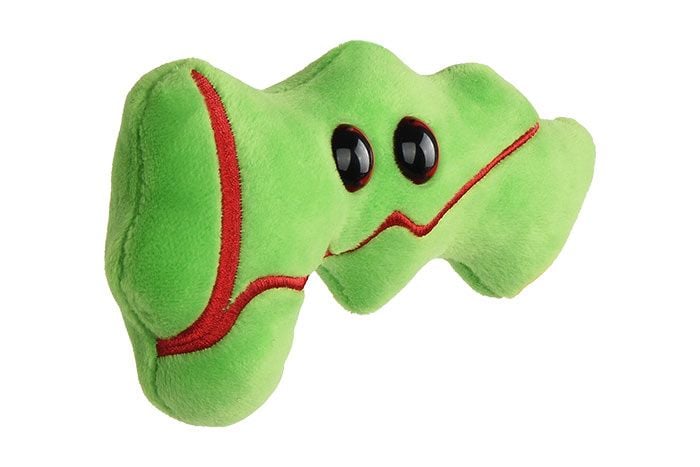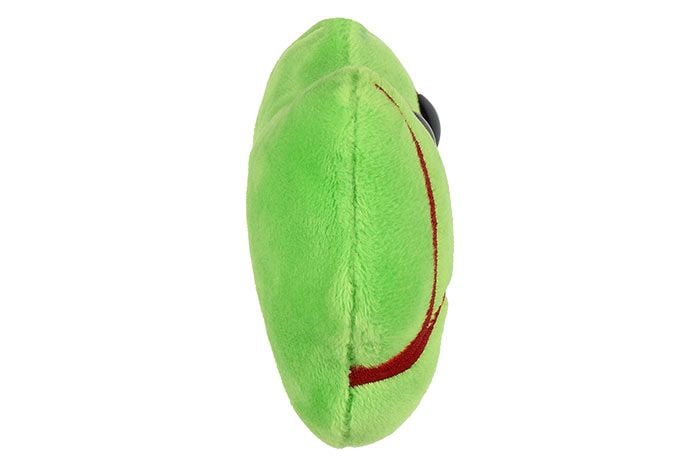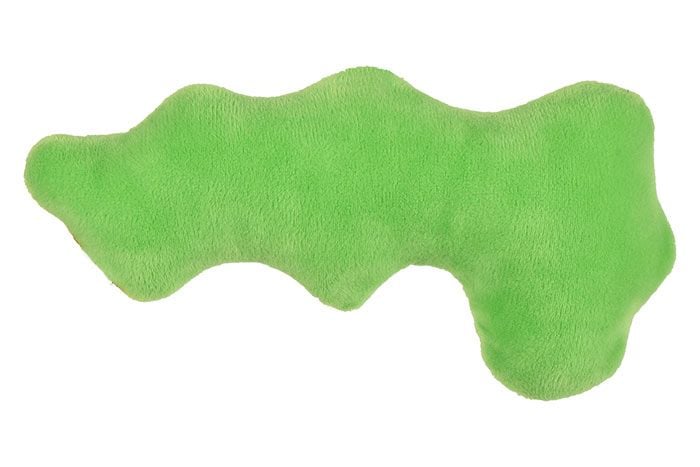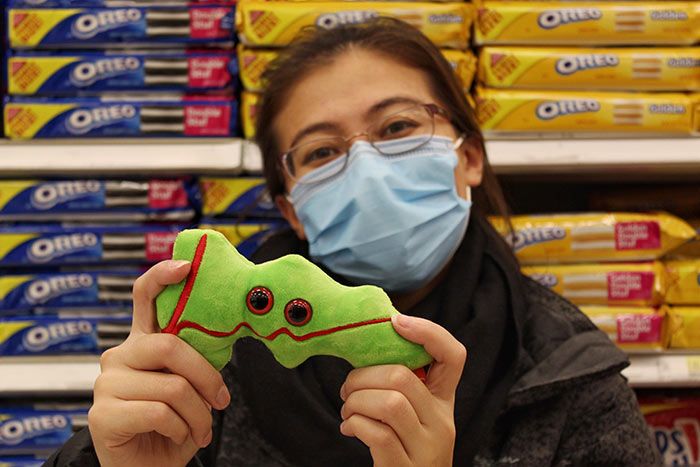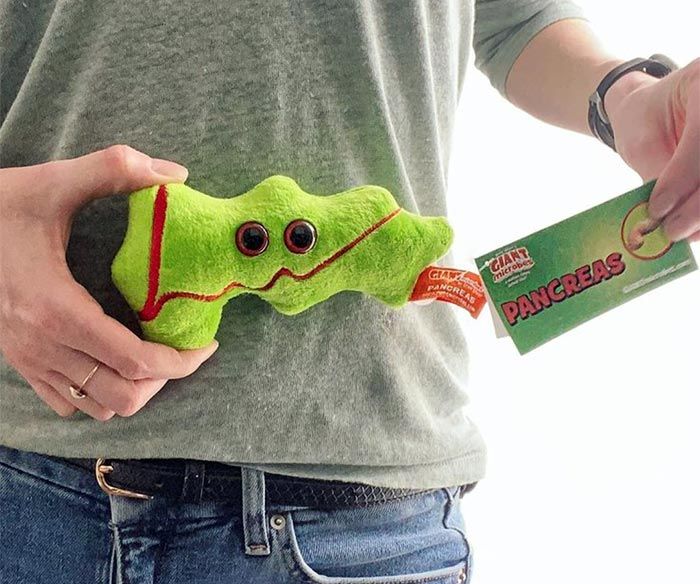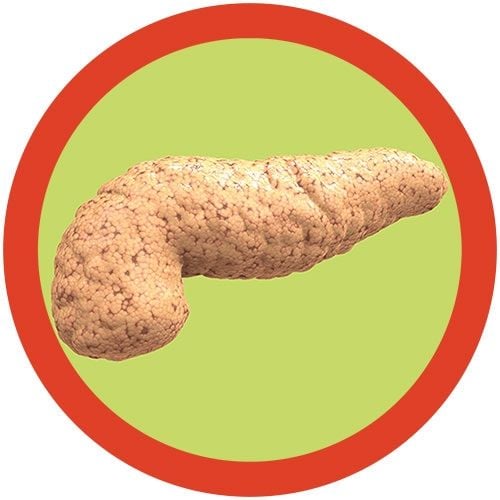Pancreas
Empower, uplift and feel good: You’ll totally be sweet on this adorable, huggable anatomically correct Pancreas stuffed toy! Spread the love and feel good energy to all your friends and family with this thoughtful biology gift and anatomy gift.
Educational and anatomical: This 6.5” Pancreas plush is at the top of its class – a soft, cuddly anatomical model that includes embroidered details. Comes with an information card filled with fascinating facts about our incredible Pancreas. Smart endocrinology gifts that provide a fun and memorable way to learn about body anatomy. Pairs well with our Diabetes plush!
This stuffed Pancreas will serve as your new emotional support companion when the going gets tough. Offer support and cuddles to anyone with type 1 diabetes, type 2 diabetes, juvenile diabetes, pancreatitis, pancreatic health issues, pancreatic cancer, pancreatic surgery, or pancreatitis struggles.
Size: 6.5 x 3 x 1.5”
Product Details
Additional Information
| Sizes | Giantmicrobes are based on actual microbes, cells, organisms and other critters, only 1,000,000 times actual size! Gigantic (GG) 16-24" XL (XL) 10-15" Original (PD) 5-8" Keychain (KC) 2-4" with clip |
|---|---|
| Materials | Plush from all new materials. Stuffed with polyester fiber fill. Surface washable: sponge with water & soap, air dry. |
| Packaging | Each plush microbe includes a printed card with fun, educational and fascinating facts about the actual microbe or cell. |
| Safety | Every product meets or exceeds U.S. and European standards for safety. For ages 3 and up. |
All about Pancreas
FACTS: The pancreas lies behind the stomach and has two distinct roles. As an endocrine gland, it makes the hormones insulin and glucagon to control sugar levels. As an exocrine gland, the pancreas produces powerful juices packed with enzymes for digestion of carbohydrates, proteins and fats. Each day 1.5 liters of pancreatic juice flow into the small intestine.
Pancreatic beta cells produce insulin. These cells are found in the islets of Langerhans, patches of tissue in the pancreas. When blood sugar levels rise, beta cells release insulin which causes fat and muscle cells to begin absorbing the excess sugar. As a result, glucose returns to healthy levels and the sugar is stored for later use as a cellular energy source.
If pancreatic beta cells are damaged, insulin production can become impaired leading to Type 1 diabetes. Type 1 diabetes is believed to be the result of an autoimmune response where the body’s own immune system attacks cells and destroys them. Because the body is no longer able to produce insulin and reduce its sugar levels effectively, glucose levels rise. While Type I diabetes requires the regular injection of insulin, medical research is honing in on ways to restore damaged beta cells and cure diabetes for good.
Type II diabetes can occur even if the beta cells are still functioning. With this disorder, the body’s fat and muscle cells become insufficiently responsive to insulin, or not enough insulin is produced. Type II diabetes typically occurs in adults and is far more common than Type 1. Fortunately, Type II diabetes can be managed with dietary modifications, exercise, and medication.


